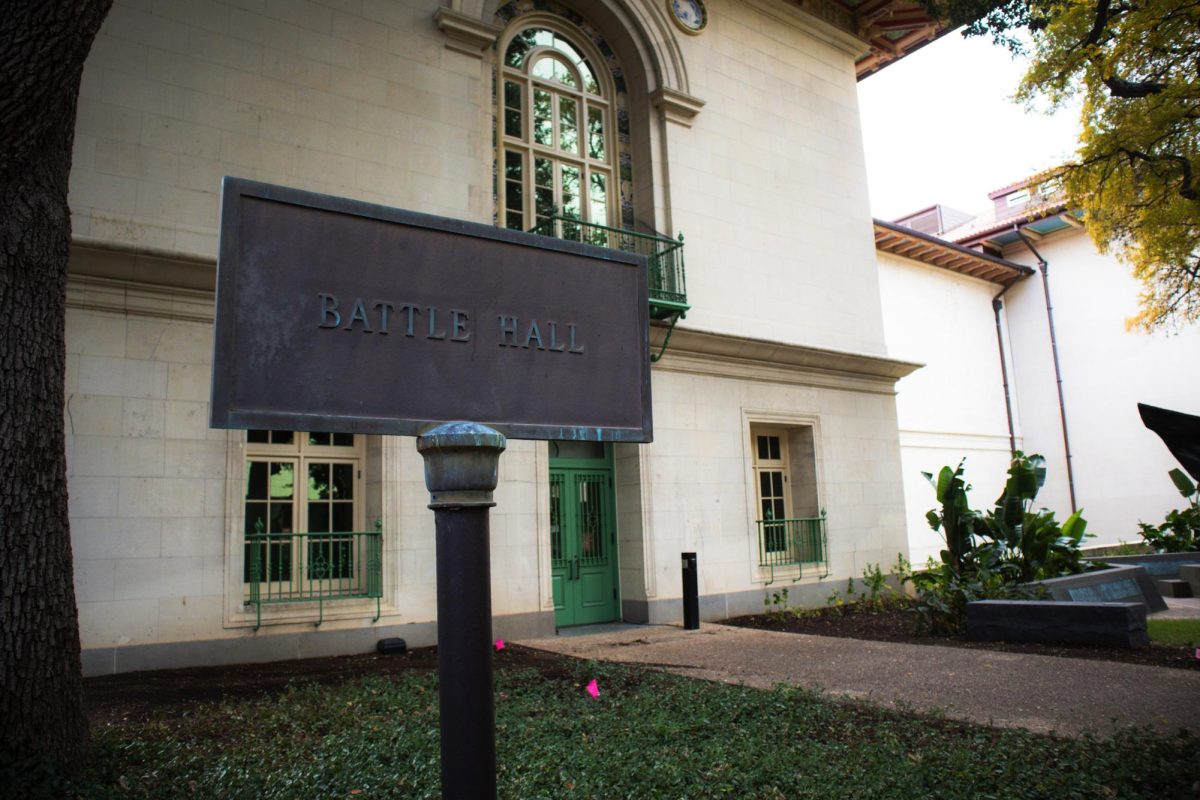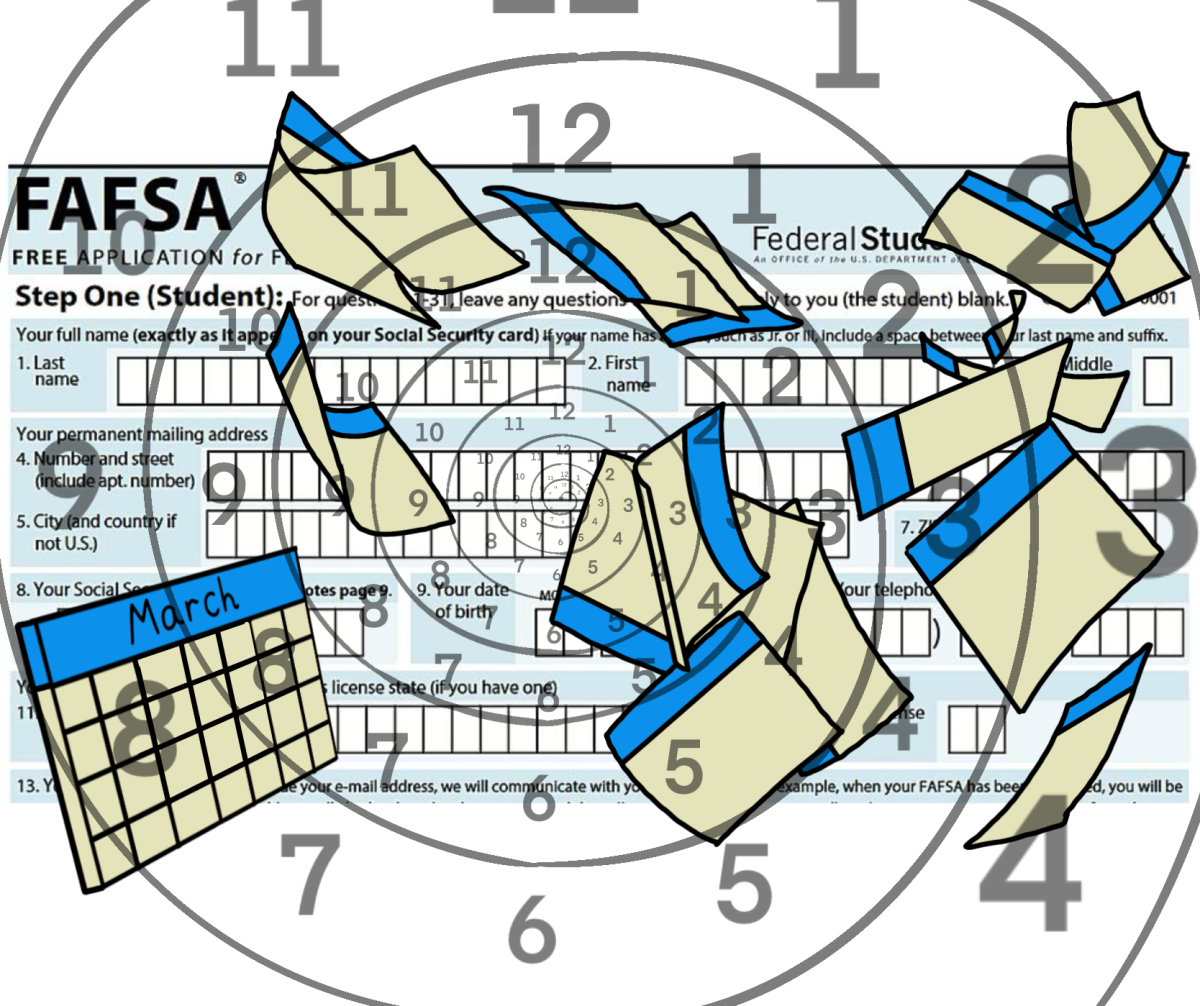Professors in the College of Natural Sciences have developed a laser that, when completed, would be the most powerful of its kind in the world.
The laser, which is currently being developed in Prague, is set to be completed in 2017. It will be used to help with research in physics and natural sciences. The laser is part of a project associated with National Energetics, an independent company that UT professors in the Texas Petawatt Laser program started.
Group director Todd Ditmire said the Texas Petawatt program was created in 2001 to observe high power pulses on only a single spot of matter. These tests involve high temperatures and deal with particle acceleration.
“Within this research, there are similar application to nuclear fusion,” said Ditmire, president and co-founder of National Energetics. “It is similar to the fusion we see from the sun in that it might be possible to have a clean source of energy.”
Erhard Gaul, associate director of Texas Petawatt and co-founder of National Energetics, said these small amounts of
energy are not always useful but are practical for medical fields such as cancer therapy.
“Short pulses create less energy, which is not always the best for particle experiments,” Gaul said. “[But] we could use it in applications such as x-rays.”
Michael Donovan, associate director of the Texas Petawatt program and designer for National Energetics, said the research in Prague would not be realistic for the University because of lack of funding. One technique the Petawatt laser includes is a mixed glass chirped impulse, which is similar to bandwidth in phone technology.
“This method keeps pulses short while increasing energy — while maintaining optical bandwidth,” Donovan said. “People don’t realize that the bandwidth in our phones send short signals, which allow us to send more messages at a faster rate. For our purposes, the bandwidth allows us to have more shorter pulses.”
Ditmire said the 10 Petawatt project is similar to the Texas Petawatt program, but the former is 10 times more powerful.
With funding from the Defense Advanced Research Projects Agency, a government program, the researchers will repair the laser’s pulse contrast, which prevents faulty experiments, Donovan said.
“When the laser is shot, we end up with some impulses reflecting early,” Donovan said. “Sometimes the pulse is strong enough to destroy the target … before the pulses even get there.”



















